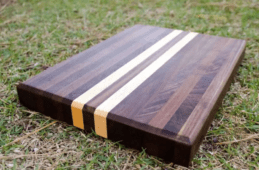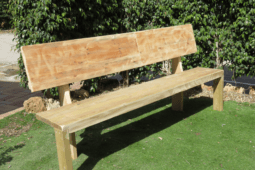The Most Common Comma Mistakes, and How to Avoid Them

I’m the sort of guy who likes to learn to do things well. If I make a cut on the table saw, I want it to be the best cut. If I set out to create a tasty meal, I want to do my best knife work, get the crustiest sear and the perfect seasoning. You call it obsessive perfectionism, I call it trying my best. Same same.
And I write and edit for a living, so I wanna use the English language as best as possible. (Yes, I started that particularly vulnerable sentence with and and used the colloquialism wanna.) So, I tend to love the various grammar geek posts and misused words infographics about the blogosphere, especially when there’s new stuff to learn.
And this, my friends, is an especially good one. If you know all these tricks to proper comma usage, particularly that trickster identifier-name syntax, you deserve a very large milkshake.
Concerning which author Ben Yagoda says,
One helpful set of terms is essential vs. nonessential. When the identifier makes sense in the sentence by itself, then the name is nonessential and you use a comma before it. Otherwise, no comma. That explains an exception to the only-thing-in-the-world rule: when the words “a,” “an” or “some,” or a number, come before the description or identification of a name, use a comma.
If that doesn’t make sense, read on, friends. Read on.
The Most Comma Mistakes [NYTimes.com]
PS – I have no doubt there’s at least one mistake in this post. i invite you to point it out in the comments.









